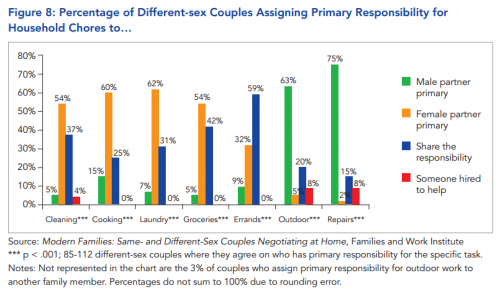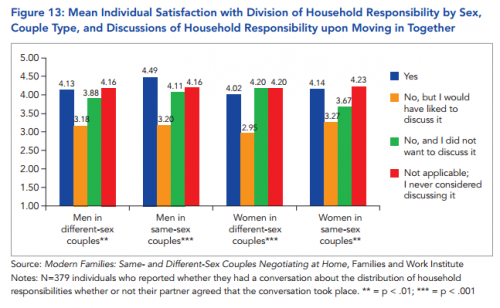Legal status of same-sex marriage in the U.S.:
- 2015: Supreme Court rules ban on same-sex marriage unconstitutional
- 2013: A great year for marriage equality
- 2012: Map of the state legality of same-sex marriage in the U.S.
The social psychology of same-sex marriage:
- Why are people changing their minds on same-sex marriage?
- The contact hypothesis: Does knowing a gay person change your mind?
- Americans underestimate how many other Americans support same-sex marriage
Politicians on same-sex marriage:
- Politicians followed, didn’t lead, on same-sex marriage
- Politicians overestimate their constituents’ conservatism
Humor/commentary:
- Who enjoys “traditional” marriage?
- Challenging the definition of marriage equality
- What exactly do we mean by “traditional”?
Changing public opinion on same-sex marriage:
- 2012: Support for same-sex marriage rising in every demographic
- 2012: Political affiliation and support for same-sex marriage
- 2010: Increasing cultural acceptance of gay and lesbian rights
Discourse:
- Naming marriage between people of the same sex
- Same-sex marriage and the social construction of social problems
- Individualist vs. social frames for favoring same-sex marriage
- Rhetorical strategy in the same-sex marriage debate
- Framing North Carolina’s Amendment One
- The changing definition of family
The movement for same-sex marriage:
- Outing Prop. 8 supporters on Google Maps
- Stigmatizing cousin marriage in an argument for same-sex marriage
- Using children in anti-same-sex marriage ads
- “Yes on Prop. 8”: Heteronormative, pro-natal, and anti-miscegenation
- A rainbow coalition against same-sex marriage
- Highlighting the economic impact of same-sex marriage
- Rhetorical strategy in the same-sex marriage debate
- Framing North Carolina’s Amendment One
Lisa Wade, PhD is an Associate Professor at Tulane University. She is the author of American Hookup, a book about college sexual culture; a textbook about gender; and a forthcoming introductory text: Terrible Magnificent Sociology. You can follow her on Twitter and Instagram.














